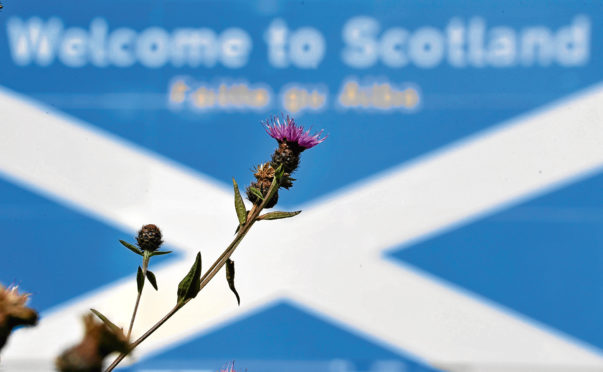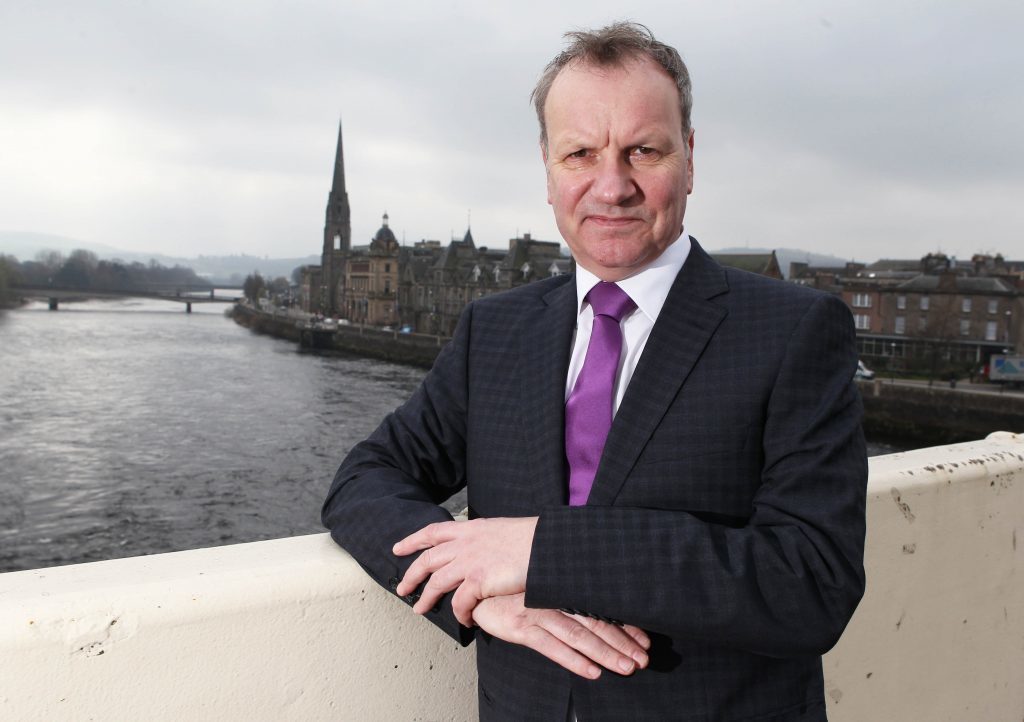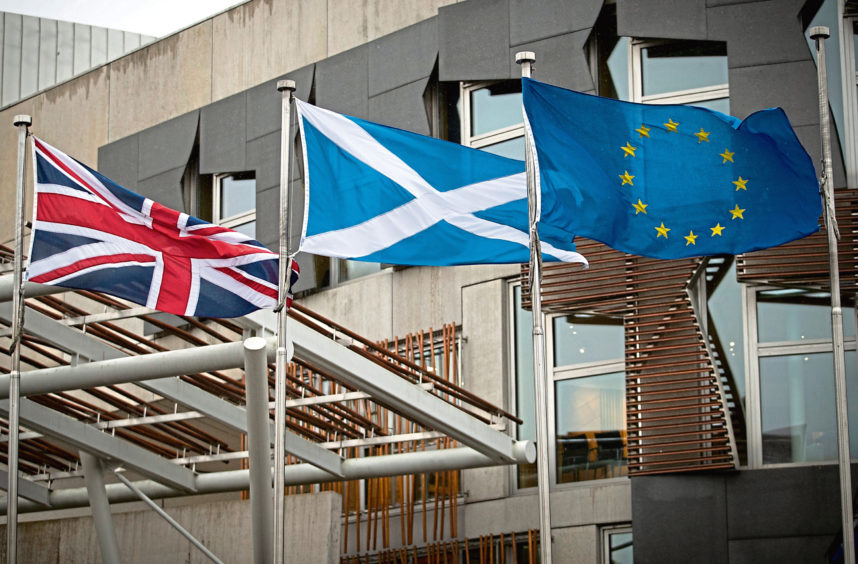Holyrood should ask the European Union to sanction a second referendum on Scottish independence if the UK Government refuses to acknowledge a future nationalist majority, a senior SNP MP has argued.
Perth and North Perthshire MP Pete Wishart said the independence movement had reached a “tipping point” and was approaching the “optimum time” to put the question of self-determination back to the people of Scotland.
Successive polls appear to show growing support for Scottish independence and Mr Wishart believes anger over the UK’s departure from the EU and Boris Johnson’s leadership as prime minister could boost interest in an independent Scotland.
His “route map to independence” seeks to heal the divide between those seeking a careful approach to constitutional change and those who would prefer a more assertive stance with the UK Government.
The document warns groups looking to stave off independence will hope the movement “beats itself” through frustration, division and impatience – and instead calls for a united approach on the way forward.
It sates: “If the UK refuses to participate in an agreed referendum in the face of majority support and a clear democratic mandate, we must presume that they have decided to exempt themselves from their obligations and responsibilities as a partner in the union.
“We would then have the grounds to seek to secure our independence without their participation. This should involve a referendum designed in Scotland where a last invitation is offered to the UK to participate to put the case to remain in the union.
“A request to the EU to sanction this referendum should be made and every attempt to involve them in the designing of that referendum should be pursued.”
A route map to independence. Bringing together those still to be won over or tentative in their support with those determined to be more assertive with the UK. We do it in stages, going through a series of steps, increasingly intensifying our approach. https://t.co/d86oGTIQwY
— Pete Wishart (@PeteWishart) June 30, 2020
Mr Wishart’s preference is to secure an “irrefutable mandate” by winning a majority at next year’s Holyrood election with a “clear and unambiguous commitment to hold a referendum”, and then “move quickly” with the participation of the UK.
However, he believes if such a mandate is rejected, Scotland should seek approval from the EU to design a process for rejoining as a “substate” – despite there being no current provision for this within the body’s existing rules.
The influential MP also wants Scotland to look at “withdrawing from the apparatus of the UK state” and informally acquire responsibilities currently exercised by the UK Government, which could include withdrawing from institutions at Westminster.
“What we have to demonstrate is that we have tried absolutely everything possible to secure the UK as a participant in resolving the question of our democratic right to consider our nation’s future,” Mr Wishart said.
“We have to conclusively convince the EU and the international community that no stone has been left unturned in trying to engage them as a partner in resolving this democratically and constitutionally.”
Pamela Nash, chief executive of Scotland in Union, hit out at Mr Wishart for spending time on the “route map” and called for him to instead to focus efforts on tackling the coronavirus crisis.
She said: “It tells you everything about the SNP that Pete Wishart’s priority is a route map to separation, rather than a route map to economic recovery for the people of Scotland.
“Even before the coronavirus crisis, the SNP’s blueprint for leaving the UK acknowledged there would be economic hardship – now it would be manifestly worse.
“The majority of people want their elected representatives to focus on bringing people together as we face the harsh reality of a deep recession with many job losses.
“It’s also vital to remember that at election time people vote for parties on a wide range of issues. Pete’s proposal is therefore a non-starter and he should instead focus his efforts on representing all his constituents at this difficult time.”












